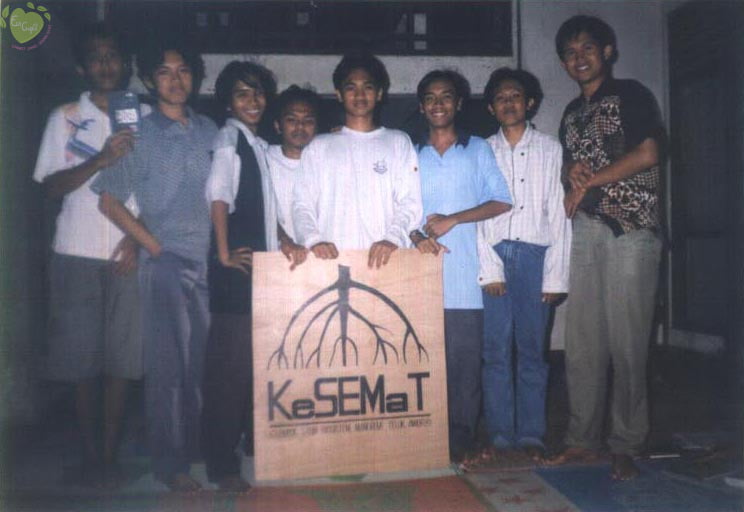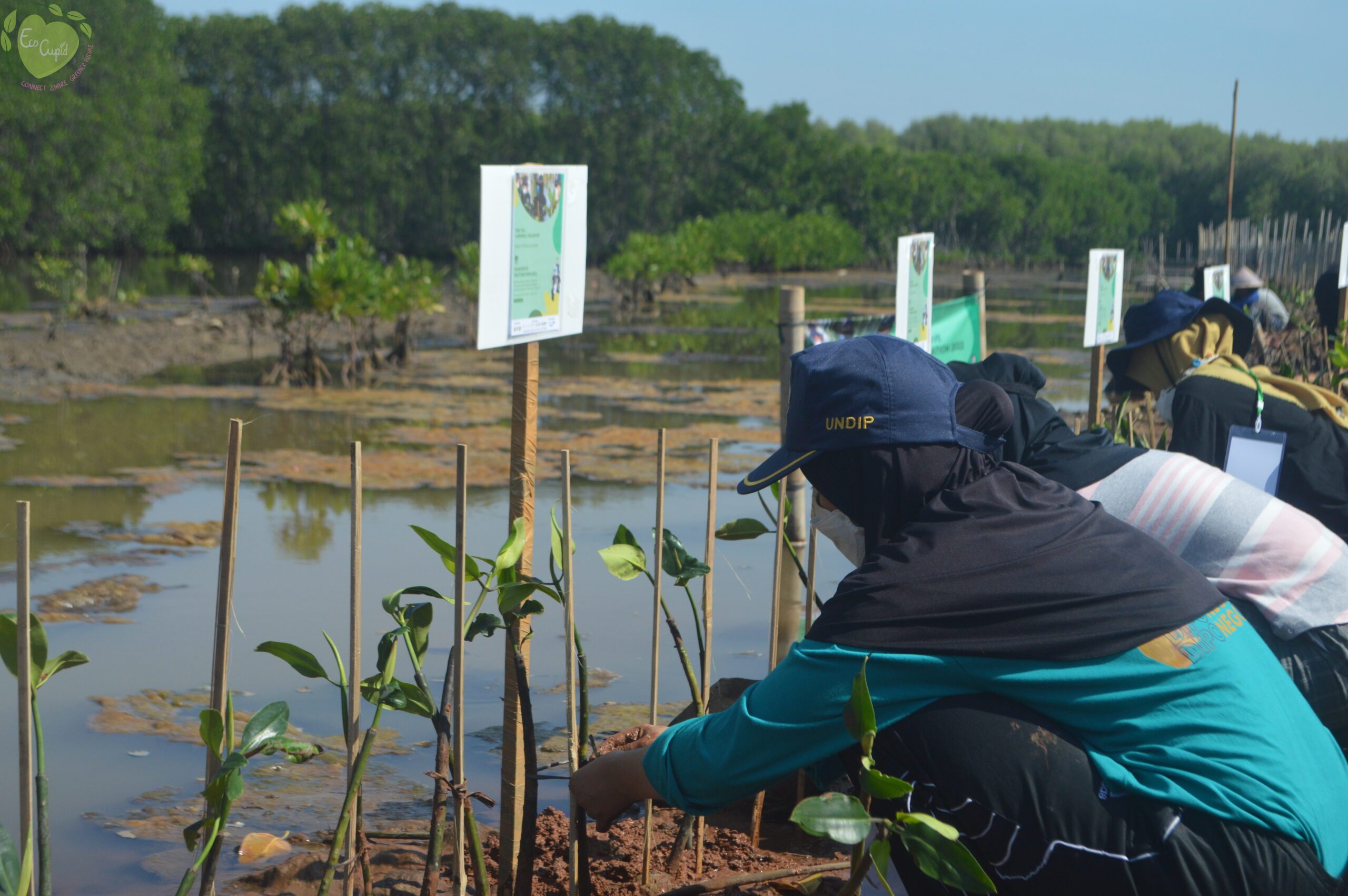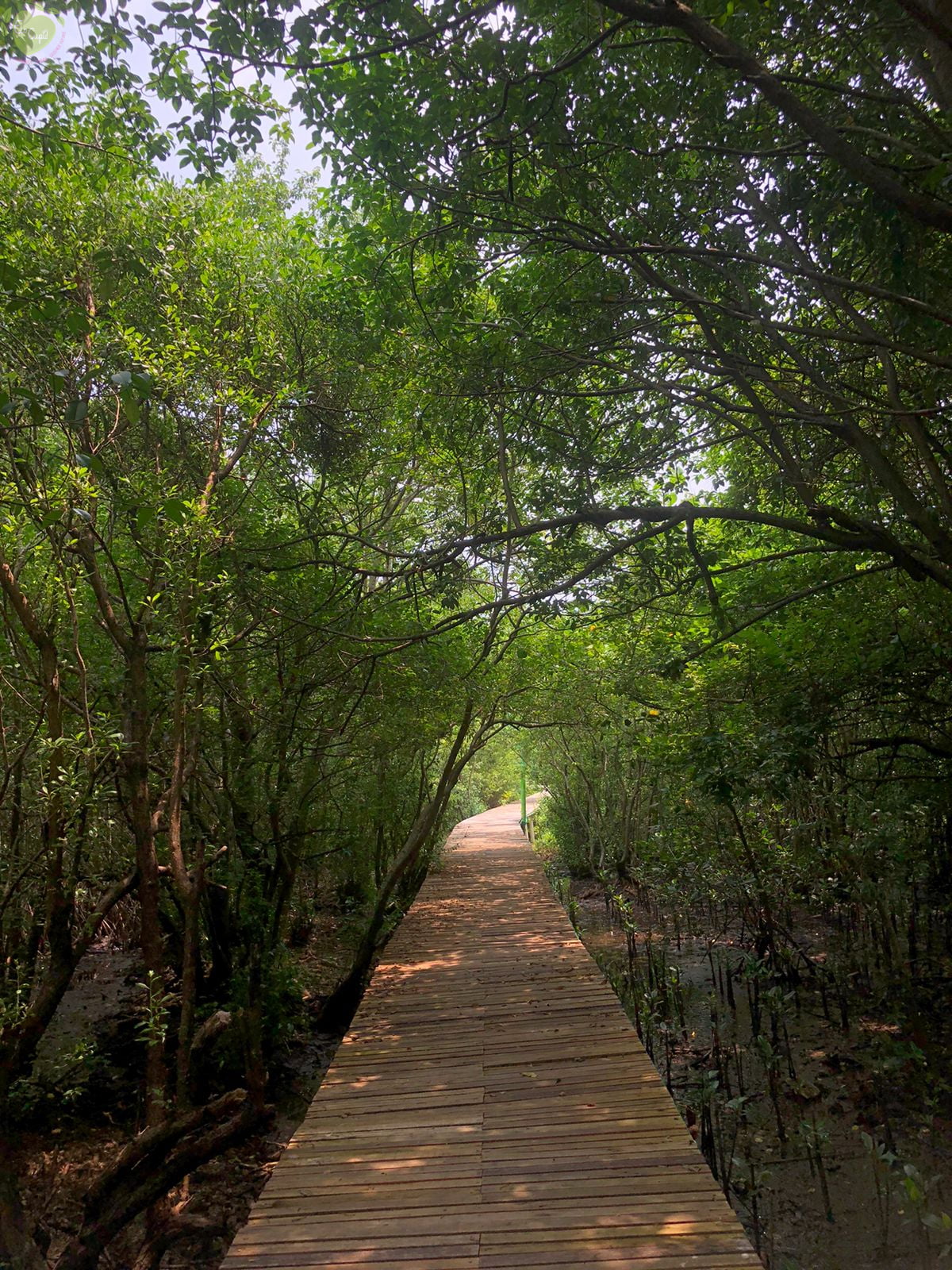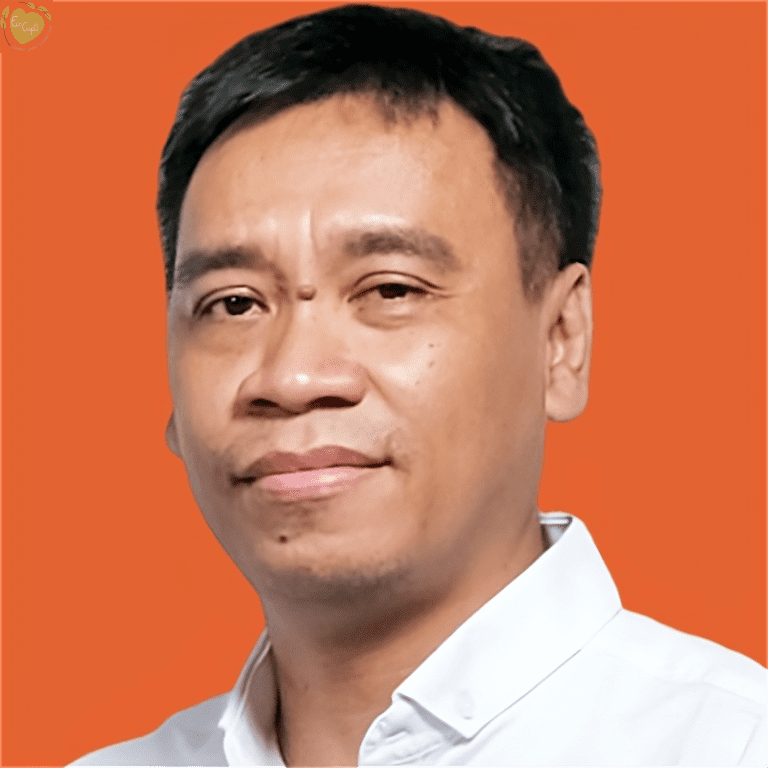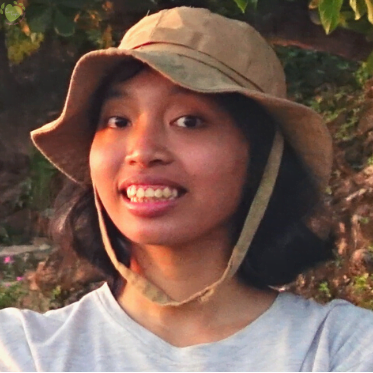Eco-Heroes
Guardians of the Coastline: KeSEMaT’s Journey to Protect Mangroves
22 June 2023
By Dia Marganita
KeSEMaT is a stalwart mangrove conservation network spanning multiple cities in Indonesia through research, campaigns, education, and community empowerment.

